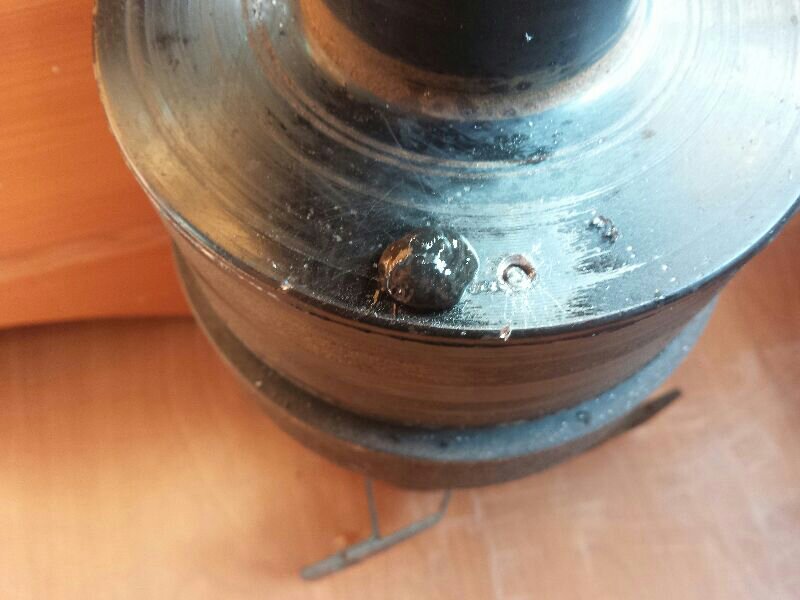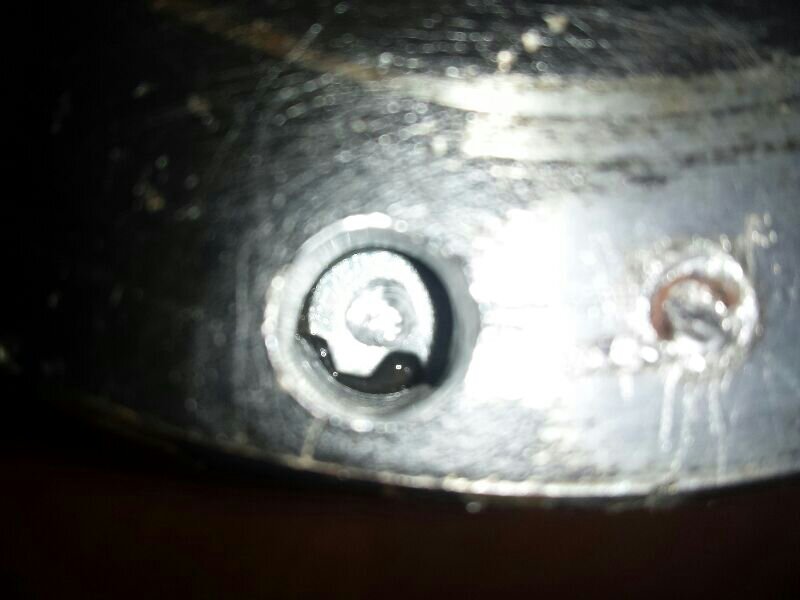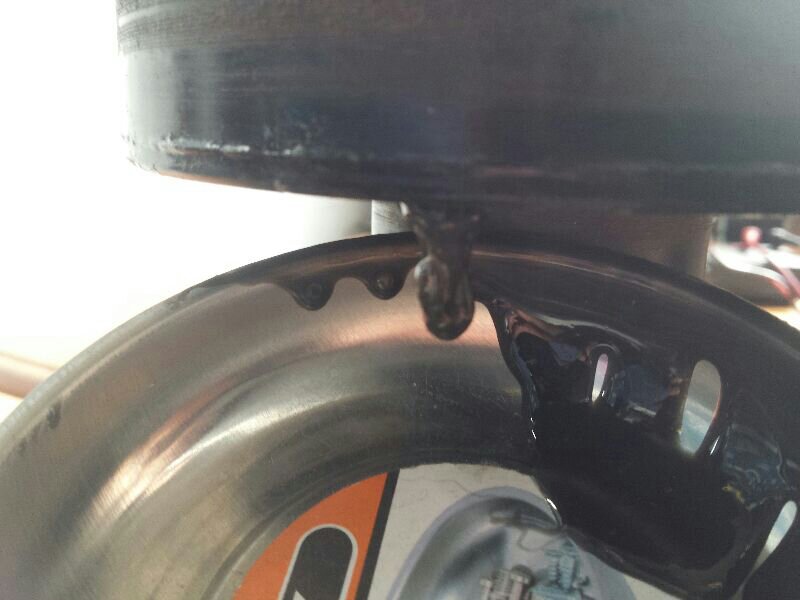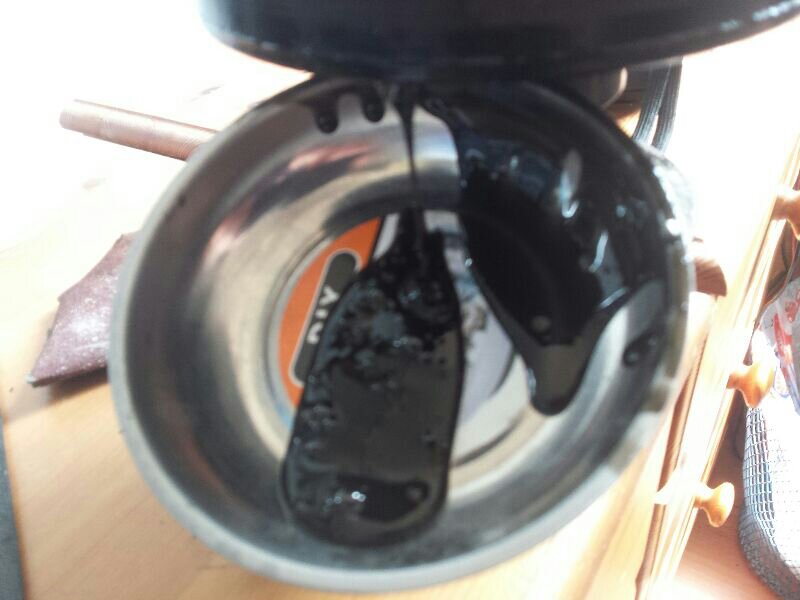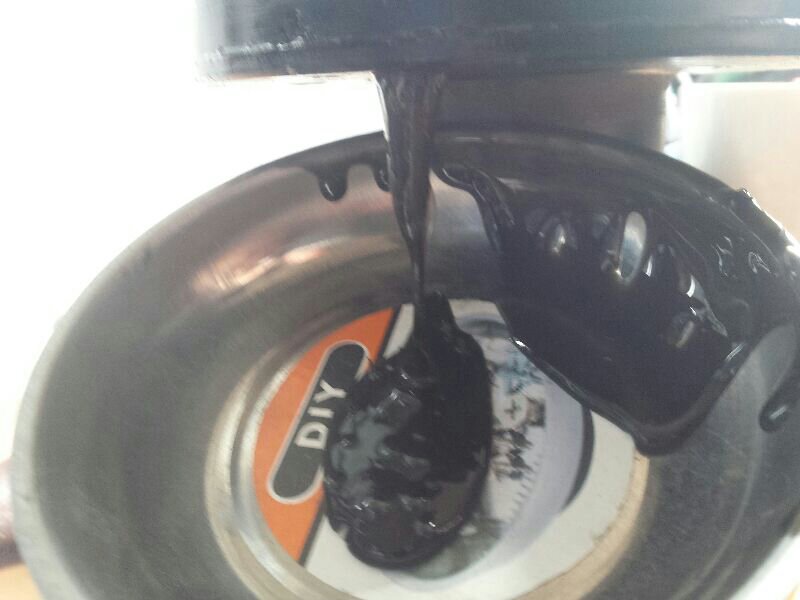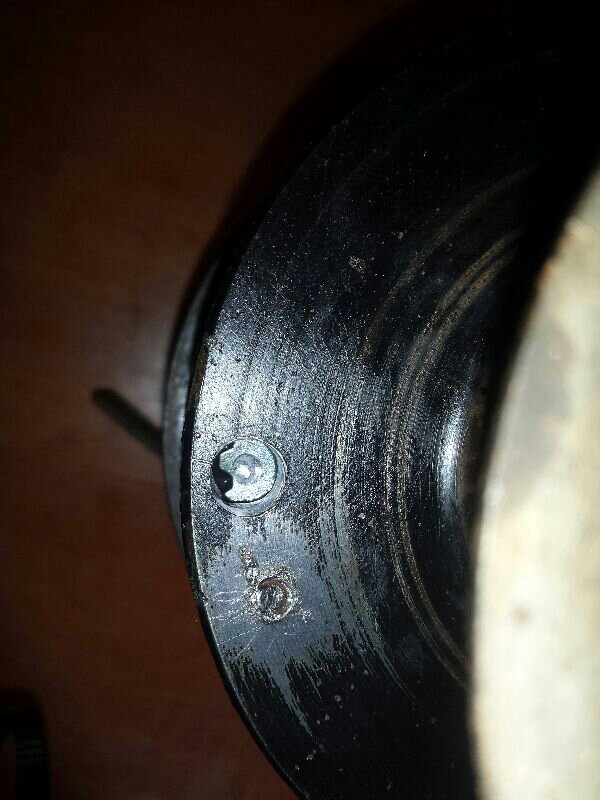jamesmartin
Well-Known Member
- Posts
- 91,879
- Location
- louth lincs
It's the "one wheel up test" and it's a measure of the resistance across the vcu. It's give us an analogue reading which varies from vcu to vcu. There are some vcu's where it won't give a reading but that's because the owner is too lazy to perform the test. Other than the "turnip test" there is nothing betterer than the "one wheel up test."
Reconditioners may advertise the test is bollocks, but they forget what they said when they ask you to drop by so they can use it to convince you to part with yer money when they test yer vcu with the same test.
very true ,all lrs recon borg warner transfer boxes were tested with a torque wrench and stop clock

